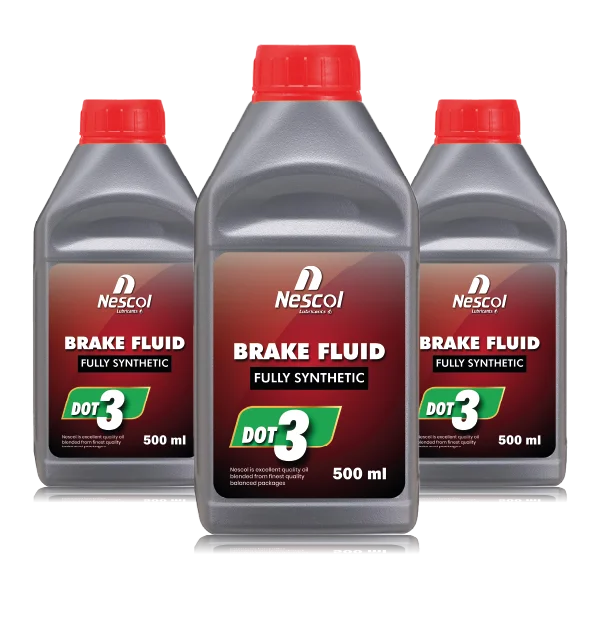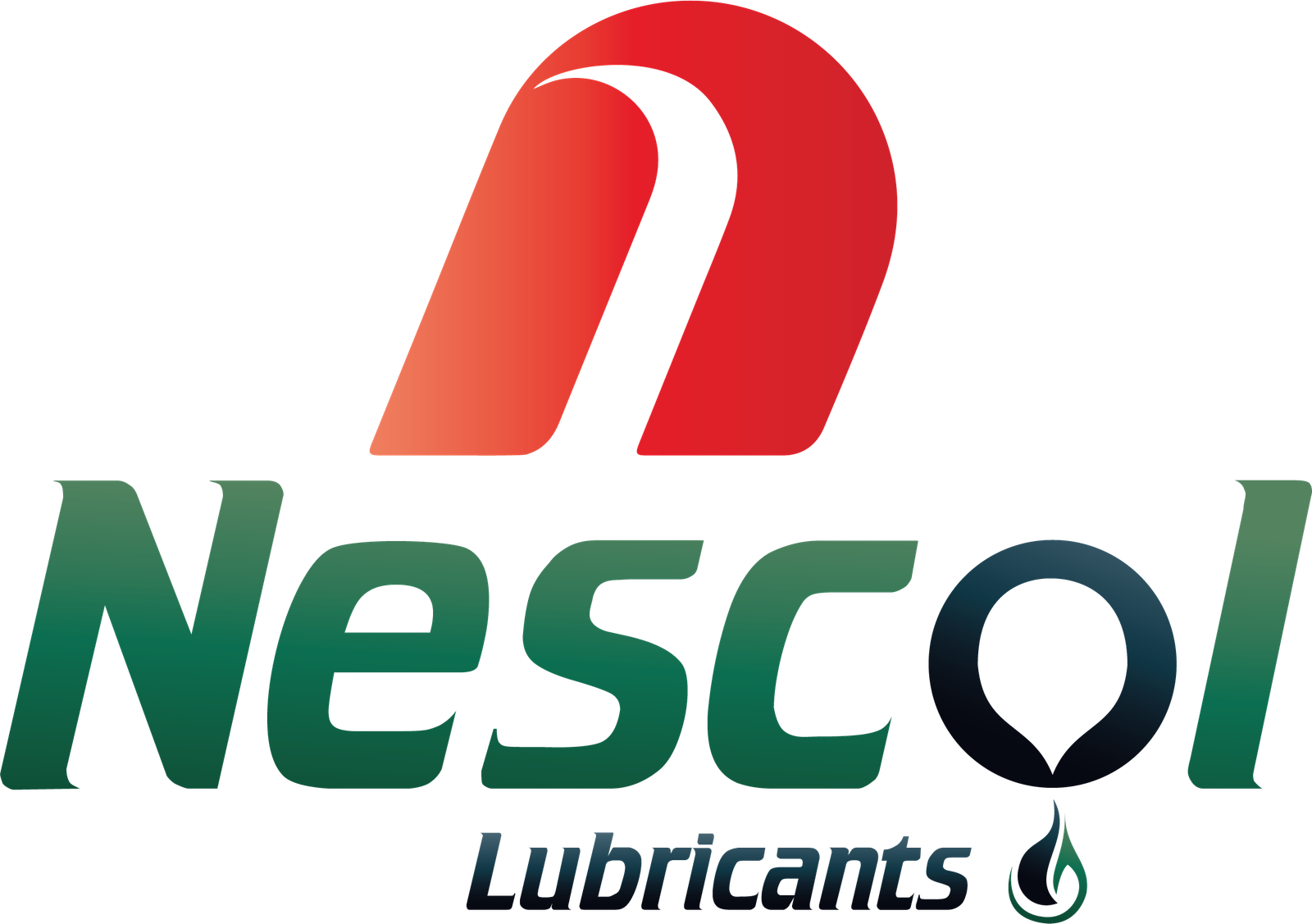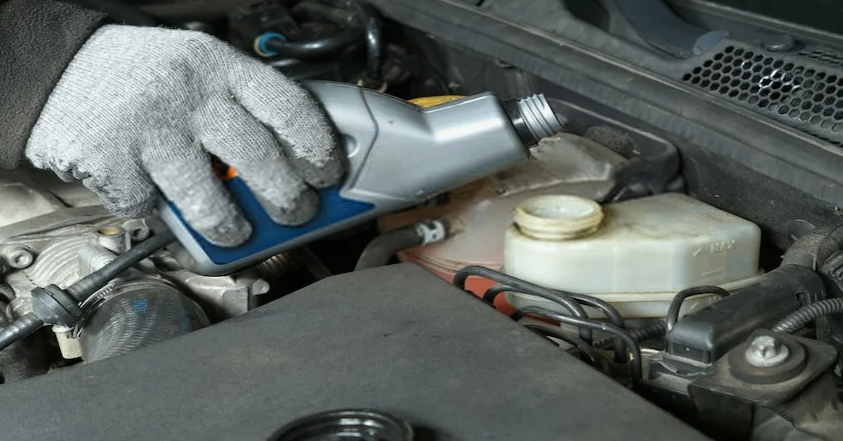What is DOT 3 Brake Fluid?
Well, now that you know how important it is to have adequate liquids to make your braking system in your car function properly, you must be asking yourself what DOT 3 brake fluid is. As you might have guessed, this special liquid is used in a hydraulic braking system, wherein the main purpose is to transfer pressure to the braking parts.
In doing this, it has a capability of making smooth and reliable performance of the vehicle. The composition of DOT 3 brake fluid has its main focus on surviving extreme temperatures as well as pressures that are created during braking processes. The fluid also greatly contributes to the protection of car parts from corrosion and decay.
What are Brake Fluid Ratings, and What Do They Mean?
How do you intend to ensure that such liquids will meet specific requirements and performance specifications set by regulatory bodies? You will need to check the ratings of the brake fluid. An example is the DOT classifications. This brake fluid qualifies for the Department of Transportation-established criteria. It, therefore, is safe to use with brake system parts. The rating ensures its performance under various operating conditions.
How is DOT 3 Brake Fluid produced?
This fluid is typically produced in a complicated manufacturing process which involves mixing of glycol ethers with specific additives to achieve the required performance characteristics. The composition of DOT 3 brake fluid is within standards and does ensure stable excellent and effectiveness.
Composition of DOT 3 Brake Fluid

To understand DOT 3 brake fluid effectively, now you must get into the details of what exactly the ingredients are. The main ingredient that can be found in this liquid is glycol ether. It serves as the primary liquid medium, helping to transmit hydraulic pressure within the brake mechanism.
The other forms of additives comprise DOT 3 brake fluid composition. Some examples include preservatives and anti-rust agents, which develop its efficiency and sustainability.
What is the Difference Between DOT 3 vs. DOT 4 Brake Fluid?
| Parameter | DOT 3 Brake Fluid | DOT 4 Brake Fluid |
| Dry Boiling Point | 205°C/ 401°F | 230°C/ 446°F |
| Wet Boiling Point | 140°C/ 284°F | 155°C/ 311°F |
| Moisture Absorption | Absorbs less water from the air in the braking system than DOT 4 | Absorbs more water from the air in the braking system than DOT 3 |
| Composition | Glycol Ether | Glycol Ether/ Borate Ester |
| Replacement Interval | Less frequent because it absorbs less water | More frequent because it absorbs more water |
Properties of DOT 3 Brake Fluid
You will be exposed to many properties of DOT 3 brake fluids that are directly crucial to the efficiency and reliability of car braking systems. Among these are:
Boiling point: High boiling point is a DOT 3 brake fluid characteristic. When dry it boils at around 401 degrees Fahrenheit. Such a boiling point does not lower with the absorption of moisture. In moist conditions, the boiling point remains at 284 degrees Fahrenheit. Such a high boiling point prevents the liquid from evaporation due to extreme heat developed in case of braking. In case the brake fluid evaporates, brakes may become less effective. It reduces their effectiveness and may even compromise safety of the vehicle.
Viscosity:
These fluids, DOT 3 brake fluid properties, are low viscosity in nature. The pressure applied is transferred well to the brake system for effective working. This viscosity provides liquid flow freely but gives enough pressure to run the brakes. This uniformity in the thickness of this fluid over different temperatures helps deliver consistent braking performance for various driving conditions.
Hygroscopic Nature:
One property of DOT 3 brake fluid is that it absorbs moisture with time. It prevents water droplets from setting inside the braking system. This liquid, however, does not absorb too much moisture. This will ensure that it doesn’t corrode different parts in the vehicle.
Advantages of Using DOT 3 Brake Fluid
DOT 3 brake fluid offers several advantages for vehicle owners:
- Wide Compatibility: It is compatible with a variety of vehicles, including cars, motorcycles, and some trucks.
- Cost-Effective: DOT 3 brake fluid is generally more affordable compared to DOT 4 and DOT 5, making it a preferred choice for routine maintenance.
- Reliable Performance: Its ability to maintain a consistent viscosity ensures smooth hydraulic transmission within the brake system, contributing to consistent braking performance.
DOT 3 Brake Fluid Applications and Performance
DOT 3 brake fluid is used in conventional vehicles, which include cars, SUVs, or trucks. It is satisfactory for everyday use and withstands severe environments like high temperatures and extreme braking. Though it is enough for many brake systems and any sort of extreme driving activity is not suggested for this type of brake fluid.
DOT 3 vs. Other Brake Fluids
Choosing the right brake fluid involves understanding the differences between DOT 3 and other types like DOT 4, DOT 5, and DOT 5.1:
- DOT 3 vs. DOT 4: DOT 4 has a higher boiling point and better performance under high temperatures, making it suitable for heavy-duty vehicles. However, DOT 3 is more than adequate for standard driving conditions.
- DOT 3 vs. DOT 5: DOT 5 is silicone-based and non-hygroscopic, which means it doesn’t absorb moisture. This makes it suitable for vintage or military vehicles but not for standard cars. Mixing DOT 3 and DOT 5 can lead to brake failure.
- DOT 3 vs. DOT 5.1: DOT 5.1 is a glycol-based fluid like DOT 3 but offers higher performance. It is often used in high-performance cars but comes at a higher cost.
Understanding these differences helps in choosing the right fluid for your vehicle, ensuring safety and efficiency.
When and How to Replace DOT 3 Brake Fluid?
Regular Replacement: It is recommended to replace DOT 3 brake fluid every 2 years or as specified in the vehicle’s manual. Over time, the fluid absorbs moisture, reducing its boiling point and compromising braking performance.
Signs of Replacement:
- Spongy or unresponsive brake pedal.
- Dark, cloudy brake fluid in the reservoir.
- Reduced braking efficiency during wet conditions.
Step-by-Step Replacement Process:
- Preparation: Gather tools like a wrench, new DOT 3 brake fluid, and a container for old fluid.
- Locate the Brake Fluid Reservoir: Usually near the driver’s side of the engine bay.
- Drain Old Fluid: Attach a tube to the bleeder valve, loosen it, and allow the old fluid to drain.
- Refill with New Fluid: Pour the DOT 3 brake fluid into the reservoir until it reaches the fill line.
- Bleed the Brakes: This removes any air bubbles that may have entered the system during the process.
- Check Brake Functionality: Test the brakes for responsiveness before driving.
Replacing the fluid ensures that the brake system operates efficiently, especially under demanding conditions.
Safety Considerations
Handling DOT 3 brake fluid requires some precautions to ensure safety:
- Avoid Skin Contact: DOT 3 brake fluid can irritate the skin, so wearing gloves is recommended during handling.
- Environmental Concerns: Dispose of old brake fluid properly at designated recycling centers to avoid environmental harm.
- Storage Tips: Store in a tightly sealed container to prevent moisture absorption, which can degrade the fluid’s performance over time.
Proper handling ensures that the brake system remains in top condition, reducing the risk of accidents caused by brake failure.
Common Mistakes to Avoid with DOT 3 Brake Fluid
- Mixing with Other Fluids: Mixing DOT 3 with DOT 5 (silicone-based) brake fluid can cause damage to the braking system due to chemical incompatibility.
- Ignoring Moisture Contamination: Due to its hygroscopic nature, it’s important not to ignore moisture contamination, as it can reduce braking performance.
- Using Expired Fluid: Always check the manufacturing date and avoid using old brake fluid, as its efficiency may decrease over time.
Conclusion: Is DOT 3 Brake Fluid Right for Your Vehicle?
DOT 3 brake fluid is pretty good for regular, normal driving. It’s dependable, consistent, and reasonable in price. So long as you take proper care of your brakes and replace them when it is time, that should serve you well to keep you safe on the road. For those who drive in extreme conditions or have a performance-oriented car, there’s always a case to use something better.
This fluid guide gives a full understanding of the knowledge about DOT 3 brake fluid, its importance, and also the maintenance tips whereby a right decision can be made for your braking vehicle needs.

